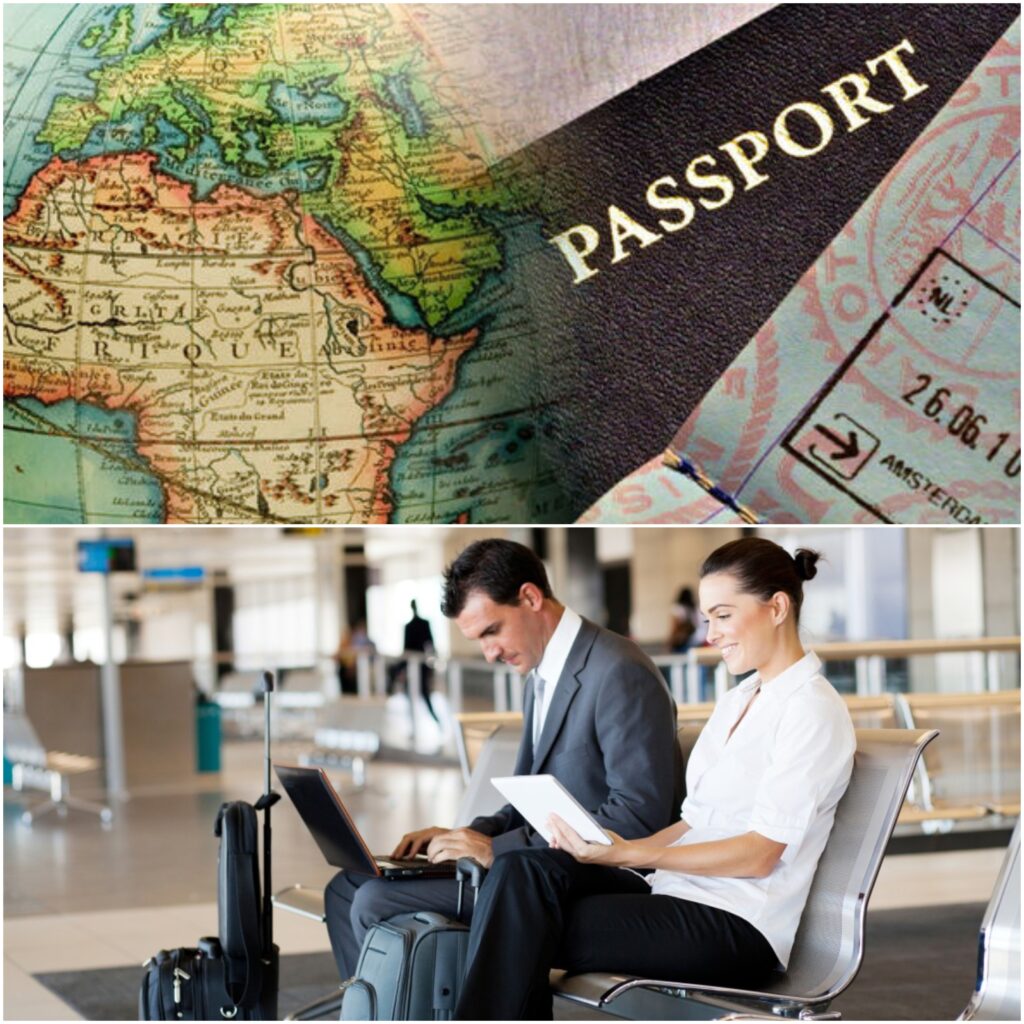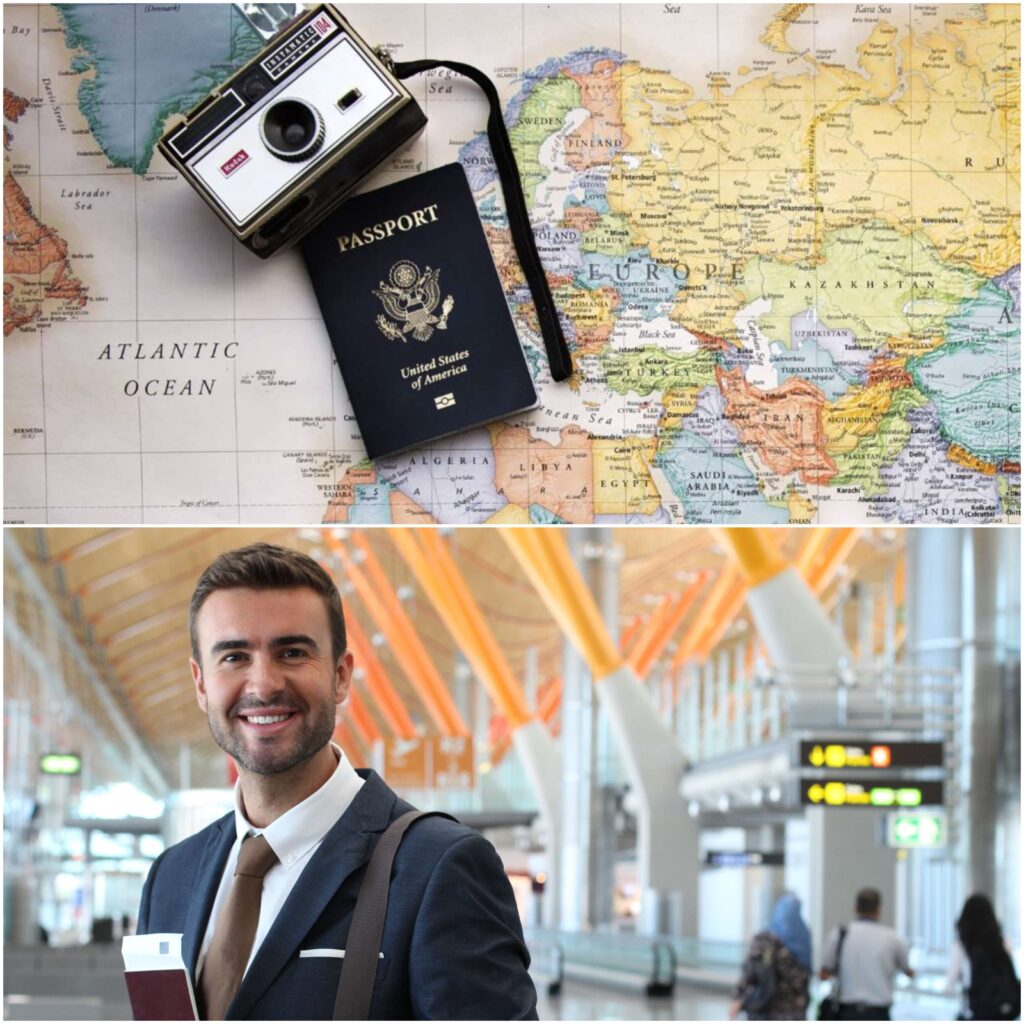Knowing the best time to apply and travel is essential because seasonal travel visas enable visitors to visit particular locations during busy periods.
Applying for a visa on time can make the difference between a smooth trip and one filled with annoying delays,

Seasonal Travel Visas
- What are Seasonal Travel Visas?
Temporary visas for seasonal travel were created for brief stays during particular travel seasons.
During periods of high tourism, such as the summer vacation or the winter sky season, these visas are especially popular.
They are also often utilized by people looking for part-time jobs that coincide with a destination peak tourism season, such as farm labor or hospitality jobs.
Why Timing Matters for Seasonal Travel Visas?
It is important to apply for your travel visa as soon as possible. The season and the country that you are visiting might have a big impact on processing delays.
Backlogs at visa offices might cause processing times to be significantly longer than typical during busy times.
Your trip plans could be ruined by delays if you wait too long to submit your application.
Best Times to Apply for Visas by Season
1. Winter Travel (December – February)
- 3 to 6 months before the start of the busiest travel season is the best time to apply for a visa for those hoping to spend their winter vacations in snow-covered places like Switzerland or Japan.
- Late summer and early fall are often the busiest times for visa applications because winter is a popular season for vacations and ski excursions.
- Apply by September to guarantee timely approval and avoid the rush.
Read: Visa Lottery Hopefuls – Strategies to Increase Your Chances
2. Spring Travel (March-May)
- Traveling to places with blossoms, such as Europe’s countryside or Japan’s cherry blossoms, is especially lovely in the spring.
- Visa applications should be sent in early, preferably by December, for travel in the spring.
- This allows plenty of time for the visa to be processed before the date of your trip, because embassies might still be recovering from the rush of winter vacations.
3. Summer Travel (June – August)
- Millions of people travel at the busiest time of year to major locations including Europe, the United States, and beach resorts worldwide.
- Applying for your visa as soon as possible ideally during the first quarter of the year, from January to March will help you avoid delays.
- Early planning is necessary since some countries, like the U.S., have lengthy summertime wait times for tourist visas.
4. Fall Travel (September – November)
- While autumn travel is less popular than summer travel, many still go to places like New England for the fall foliage or Germany for the Oktoberfest.
- It is advisable to submit visa applications by June for travel in the fall.
- Even with reduced processing times compared to the summer, embassies may still be quite busy wrapping up work from busy periods.
Country-Specific Visa Deadlines for Peak Travel Seasons
In this case, to travel to Europe during the summer, one must apply for a Schengen visa at least three months in advance of departure.
During the winter months, when most tourists visit a country like Australia, the processing of visas might take up to 12 weeks (June to August).
To prevent issues, it is necessary to learn about the deadlines for getting a visa for the destination you want and to make sure you follow them.

Essential Documents You Need for Seasonal Visas
- Typically, a valid passport, travel itinerary, evidence of lodging, bank statements, and occasionally travel insurance are needed to get a tourist visa.
- Additional documentation, such as evidence of return tickets or an invitation letter from a host in the country of target, may also be needed in some countries.
Bottom Line
Preparation is essential when applying for seasonal travel visas.